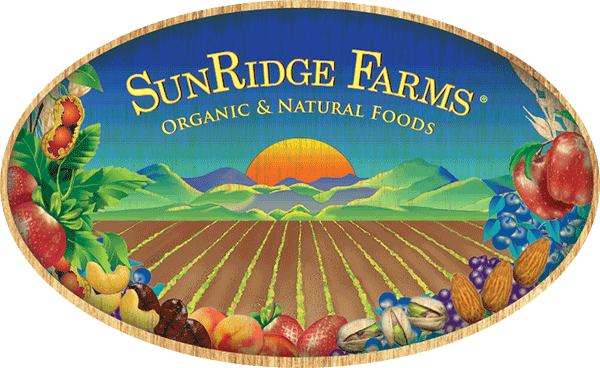This is a previous article that has relevance at Earth Day so here you go!
Buying in bulk is not everyone’s cup of tea. Convenience, storage, excellence in packaging, great colors, emerging technology, and strong marketing have led to incredible advances in how products are delivered, displayed, and eventually purchased by us. Concerns over theft, loss, breakage, and spoilage also impact retailer decisions regarding the implementation of bulk purchasing. Add in the Costco approach to bulk purchasing and it’s no wonder that bulk buying can be confusing by appearing to be more expensive ( how many 9V batteries did I really need?? ) than necessary. No matter how much sense it makes to consider buying bulk, our shopping habits have been formed/shaped with all of these influences which can make it hard to retrain ourselves. As with anything it takes a plan and we’re here to help with that first step.
Step 1 – Go through your pantry and refrigerator. Make a list of what you have and see how fresh your packaged foods really are. If you’re like me, you’ll find boxes of pasta that were tucked behind some canned goods and that the freshness dates sometimes go back several years (or longer). Oops, not so fresh anymore…and what is that behind the milk?? The benefits of this exercise are a cleaner pantry and fridge; an awareness that you’ve probably wasted a much larger percentage of food than you would ever imagine. Depending on the size of your pantry and refrigerator, this exercise shouldn’t have taken more than 30 minutes ( not including dusting and cleaning ).
Step 2 – Prepare your next shopping list. You know the foods you like to purchase and eat and now that you have a clean kitchen ( and probably more space since you’ve disposed of all of the old, out of date food ) so this part should be fun. Let’s say 10-15 minutes.
Step 3 – Clear a space in your pantry for storage containers (betting you have some space now ). What type of storage containers?? There are lots of possibilities here – Tupperware type products, lidded bins, cleaned and sterilized spaghetti sauce jars, pickle jars, etc. I like glass with screw on lids so I can see what is in the container and they fit in the pantry easily. If you really get serious you can find all kinds of fancy bins designed specifically for storing bulk foods. To stay even greener, you’ll find all kinds of great storage possibilities at Salvation Army, Goodwill, or other thrift shops, too.
Step 4- On your list, identify a few items that you normally buy packaged (pastas, grains, snack mixes, cereals, granola, etc.), assess how much usually gets thrown away. For example, if you regularly cook a pound of spaghetti but end up eating only 2/3 of the package, then you’re wasting a significant amount. I used to do it as it was easier to cook the whole package versus leaving a partial box to hopefully find again and use. Now you have a place to start. It’s time to shop.
Step 5 – Head to your favorite grocers bulk foods department. If you don’t have storage arranged yet, no worries…use your list to buy only the quantities you were consuming and not the amount that comes packaged. For example, buy 2/3 of a pound of a bulk spaghetti instead of a pound. Head home and prepare that meal.
Congratulations! You are now a bulk foods shopper. As you build on this, you’ll find that you can buy 3 pounds of pasta because you have the right storage container. It’ll cost you less than the 1 pound package and it’ll stay fresh while you use only what you need when you’re cooking. This is just the beginning…there are so many good foods in bulk that you’ll be amazed. To find more information on the benefits of bulk, visit the Bulk Is Green council at www.bulkisgreen.org or check back often to this blog or the SunRidge Farms website,
